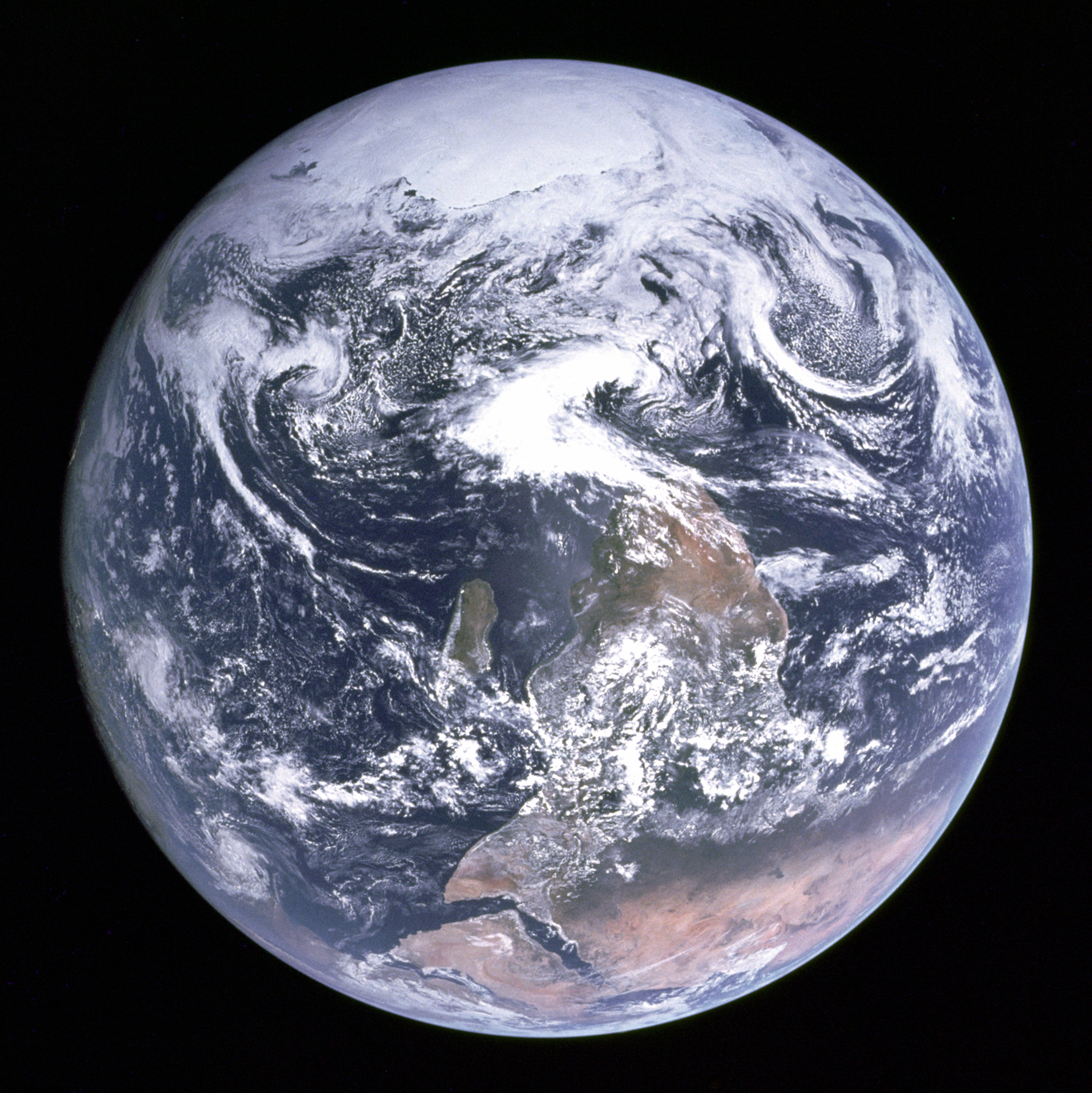Might be good for extending occluded background areas in 3D stereo conversions from mono
edit: actually looks about as good to me as the ‘content-aware fill’ function in Photoshop now.
I was just about to bring up “Content-Aware Fill.” That might be all this is, I’m not sure.
I’d be more interested to see the results of an artist doing this manually, adding their own elements in the original artist’s style. Or, take this digital fill method, but expand the original image even further, pushing it to the limits where what comes out begins to become something truly original to the machine’s processes… to the point where the machine really starts “inventing” imagery.
It seems to work best for Van Gogh’s work- maybe because the chaotic little brush strokes are less likely to appear “cloned”.
There is a “How does it work?” link on the top of the page, which actually says:
We used Photoshop’s implementation of PatchMatch on the frame of the painting rather than inside it
… the accompanying pictures shows: Content-Aware Fill …
Honestly, I was pretty surprised: I actually thought that the Georgia O’Keeffe painting and Starry Night were unexpectedly good. I thought Starry Night in particular benefitted from the large scene (if you ignore the repeated brush strokes, of course).
LOL I do this every day for a living. I’m a fine art printer, and routinely add 3" of matching content to the edges of paintings to create canvas gallery wraps, frameless art on 1 1/2" deep stretcher bars. I steadfastly refuse to use one button mirror techniques, and almost always start with content aware fill and content aware patch, complemented with content aware healing and manual cloning.
I’d like to see what it looks like when extrapolated far enough that the original subject in the center of the canvas has all but disappeared. In other words, it would be like a huge zoom out.
Hmmm, you didn’t zoom out far enough.
This topic was automatically closed after 5 days. New replies are no longer allowed.
